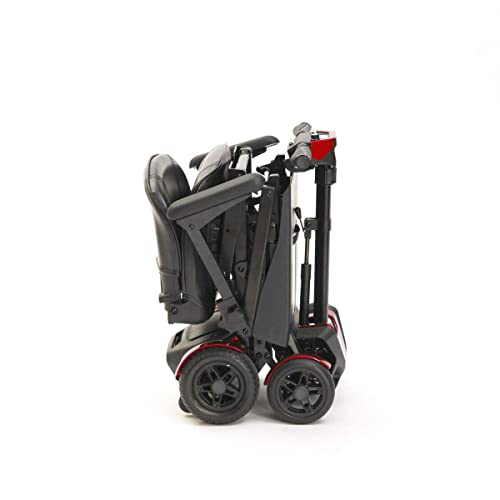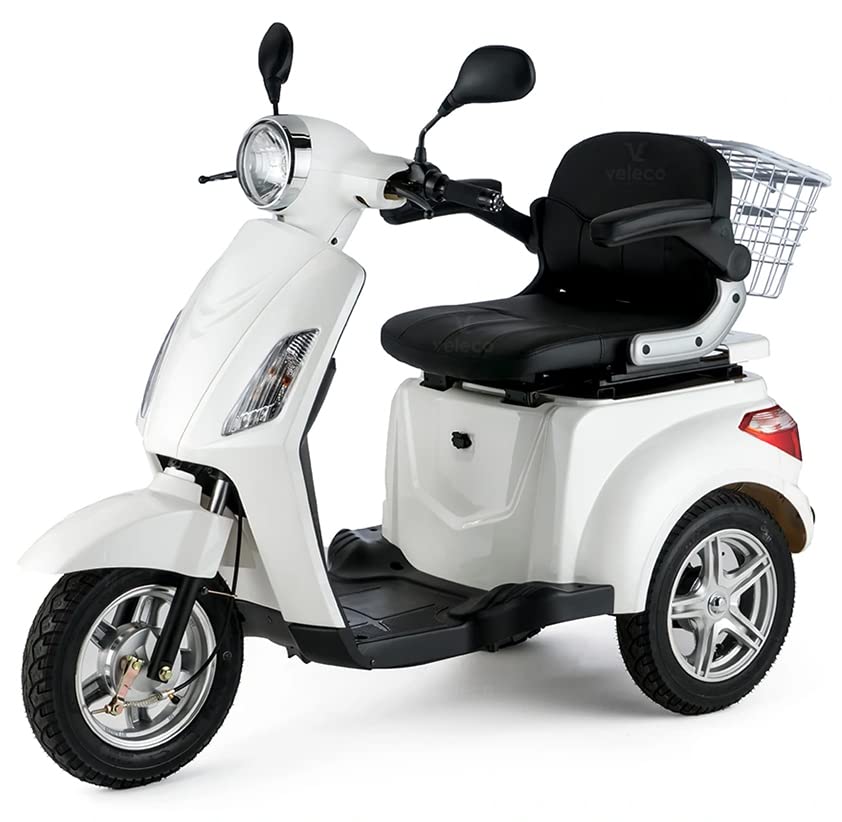
Mobility Scooters - Getting Around With Ease
Mobility scooters are an ideal way to get around. It is a breeze to get to the store or visit your friends. You can also regain your independence and not rely on family or ride services.
In the UK, there are numerous ways to lease or purchase mobility scooters. There are a variety of options that include high-street sellers online retailers, as well as specialist retailers.
Class 2
Class 2 mobility scooters are intended for indoor and pavement use with the maximum speed of 4mph. These scooters are not permitted to be used on the road however they can be driven on pedestrian and zebra crossings. But, make careful not to block the path of pedestrians or those using prams and pushchairs. You don't require a license to operate a class 2 scooter, but it is essential that you have good eyesight and be able to see a car's registration number at a distance of 12.3 metres (40 feet).
These scooters are smaller and lighter than other types of mobility scooters. They tend to be transportable. They can be dismantled to fit in the car's boot which makes them perfect for long-distance shopping trips. They are not as comfortable as the larger models and some may even have less battery life.
Some public transport companies won't permit you to ride a class 2 scooter on board. Brighton & Hove Buses, for instance will only permit the use of a small class 2-scooter board if a mobility officer has visited your home to examine the condition of the scooter. Metrobus will only allow you to take a class 2 scooter on its buses if it meets certain size and turning radius requirements. Compass Travel and other local buses will allow class two scooters but only after an assessment. Call the company to request an assessment. You will receive a brand new registration form for your vehicle within four weeks after purchasing the scooter from the seller.
Class 3

Class 3 scooters are made for use on roads as well as pavements, and can reach speeds as high as 8 MPH. This makes them more efficient than the class 2 models and they generally come with more features that make them suitable for use on roads. For instance, they could have headlights and indicators, and they can usually be fitted with an Horn. Although you don't require a license to drive a class 3 scooter, it is suggested that before driving on the roads, you become familiar with the Highway Code.
The simplest way to determine the class of your scooter is to ask the dealer or manufacturer. If they cannot tell you then look up the specifications in the manual or on its website. If you're purchasing a new scooter, it will be shipped with the documents needed to register it. If you don't have a registration form or a form, you can download one from the DVLA site.
Insurance is not required for mobility scooters. However it is strongly recommended. It could cost between PS100 and PS150 per year, based on the type of vehicle. Some policies offer discounts if you perform regular maintenance.
The best mobility scooters provide a smooth and comfortable ride, as well as a variety of features that will allow you to travel greater distances. When deciding on the best model for you, consider your preferences and the terrain you'll be using it on. Some models can be folded and put inside the car. Many have removable batteries that make charging easy. Some models can handle rough terrain and are equipped with more powerful engines, making them suitable for long trips.
Portability
A mobility scooter is a type of electric vehicle that assists people with limited walking ability get around. It is usually a seat that is mounted on three or four wheels and, sometimes, a flat surface for the feet. The steering is performed in a delta-style. Mobility scooters are generally powered by batteries, but there are also gasoline-powered models available. It might also have a basket for
Http://123.206.9.27:3000/mymobilityscooters1308 storage.
The number of people using mobility scooters has increased in recent years (Barham and others., 2014). But, little is known about the impacts of using mobility scooters on their physical health and functional abilities. Research on this subject is limited and, if it exists, is often not separate from wheelchair data (Edwards and McCluskey, 2013,).
The majority of scooters come with at the very least a basic basket to store things in. This is essential for storing walking aids, shopping bags or parcels for the post office. Some models come with bags that are that is attached to the back of the seats to ensure additional security.
Whether or not to buy a
ergonomic mobility scooters scooter depends on the person's requirements and is ultimately a decision for their occupational therapist and doctor. Generally, however it is essential to remember that mobility scooters can cause users to become dependent on them, and could not be the ideal choice for those with moderate to severe mobility issues.
Mobility scooters can be rented through national companies like Mobility Hire, Mobility Giant and Concord Mobility. Many large stores as well as DIY stores and tourist attractions also have scooters to rent on their premises. The majority of scooters are approved by airlines, making them an ideal option for traveling.
Terrain capabilities
When it comes to dealing with difficult outdoor terrain, a specialised all-terrain scooter can provide the kind of performance not available in a generic model. These models have large pneumatic tires with deep treads, which allow the scooter to travel over rough terrain while maintaining stability. They also feature advanced suspension systems that reduce vibrations and shocks, thereby minimising discomfort. This means you'll be able to spend more time exploring and enjoying the surroundings.
Another key consideration when purchasing a mobility scooter is its speed. The majority of scooters have the maximum speed of 4-8 mph (6.4 to 13 kph) that can be adjusted with a control panel on the handlebar. Knowing your typical usage patterns can help you determine what speed is most suitable for you. Additionally, if you will be riding in the hills, you need to think about how much battery power it will require to climb slopes.
All-terrain scooters typically have a choice of tyres - pneumatic or solid. Pneumatic tires offer a smoother ride however they are susceptible to punctures. Solid tyres are more durable and do not require air pressure. You should also consider the wheel's width to make sure that your scooter can fit through narrow doors or passageways.
In addition to the mentioned features All-terrain mobility scooters also come with various safety features. They could include headlights indicators, reflectors, or anti-tip wheels. Some models include a swivel-back seat, which allows you to easily get on and off the scooter. Consider a front basket, more deck space or a storage container to store personal items.
Safety
It is crucial to maintain your mobility scooter in a timely manner to ensure its safe and effective operation. It is important to maintain it regularly, at minimum every six months. This will ensure that your brakes and safety features are in good in good working order. You should also be sure to wear high-visibility accessories or clothing and also add reflective strips to your scooter, particularly when driving at night or in poor lighting conditions.
Also, you must wear a helmet and eye protection when operating your scooter. It is also advised not to operate it under the influence of drugs or alcohol Be aware that certain medications can cause you to become feel sleepy. If you're not sure if your medication could affect your ability to operate the scooter safely, it is best to speak with your doctor.